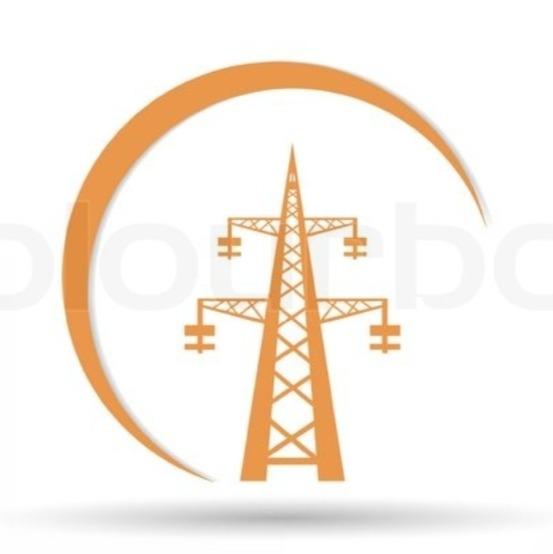Transmission line fault detection.
Transmission line a principal line of amount.
Created on 7th March 2023
•
Transmission line fault detection.
Transmission line a principal line of amount.
The problem Transmission line fault detection. solves
Lighting:- Lightning affects the performance of power lines by both direct and indirect effects where the transient high voltages may cause flashover on the electrical equipment on the power line. Direct lightning strikes, may intercept with line conductors, towers, or shielding wires. Due to this reason the sparking produce and the transmission line get defaulted.
Heavy winds:- Wind loading considered in the design of overhead transmission lines is based on extreme values of synoptic boundary layer wind. High-intensity winds such as tornadoes or thunderstorm downbursts often hit lines in off-design conditions, causing failures of towers and even sometimes transverse cascades.
3. TREES:-
In high winds, trees and their debris can be blown onto power lines, causing the lines to short-circuit, and can also cause significant damage to our electrical equipment, resulting in power cuts.
People that come into contact with this path (by touching, climbing, trimming, or cutting down the trees) put themselves at serious risk of being electrocuted or receiving significant electrical burns, Trees near power lines are also a serious fire risk in dry weather conditions; leaves or branches touching lines can catch fire!
- Car accident:-
When a vehicle hits a transmission pole or a transformer a power line can fail. There is a high risk of severe electric shock in the panic after an accident, one could easily fail to notice a fallen power line. Each year, accidents in which motorists hit power poles have the potential to bring live power lines to the ground. Tragically, many drivers and passengers who survive the impact are electrocuted when they attempt to leave the vehicle.
Other causes are:-
Animals
Punctured insulator
Partial discharges not controlled
Contaminated insulator and so on…..
so this transmission line fault detection method helps to indicate the serious risk which is caused by the above reasons.
Challenges we ran into
By simulating different scenarios, challenging situations for discriminating faults in the protected line from the reverse faults, faults on the other pole, and from the remote breaker opening events are demonstrated.
Tracks Applied (1)
